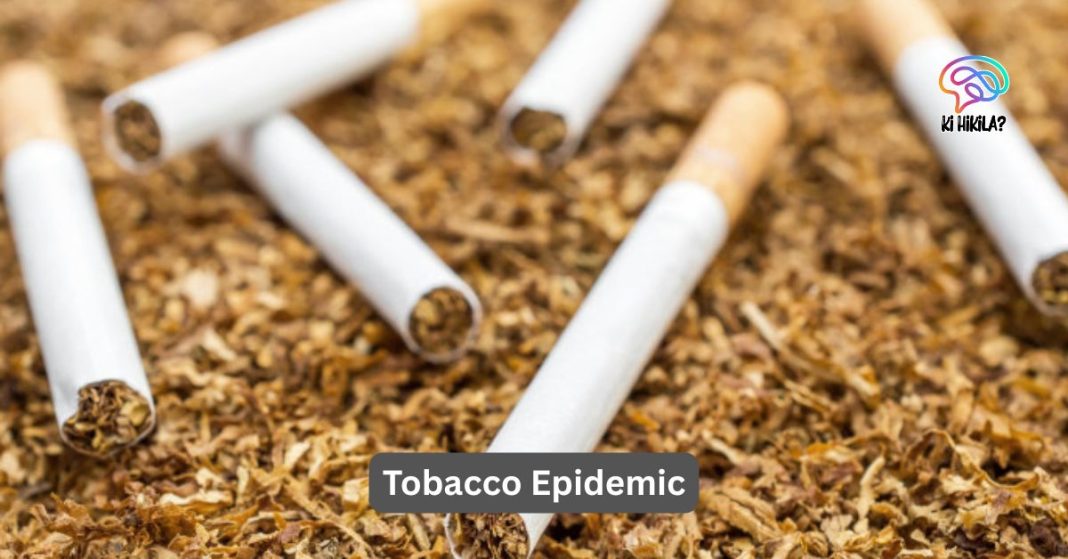The tobacco epidemic remains a major global health concern in 2025, with millions of preventable deaths recorded each year. Despite growing awareness and decades of global action, tobacco use continues to wreak havoc—especially among women—and the emergence of new nicotine products is adding complexity to ongoing control efforts. Strong, sustained policy measures are critical to mitigate this escalating crisis.
The Scope of the Tobacco Epidemic
Each year, tobacco use is responsible for approximately 7.3 million deaths worldwide. Over the past three decades, it has led to 200 million deaths, making it a leading cause of diseases like lung cancer and chronic obstructive pulmonary disease (COPD). Despite being largely preventable, tobacco-related illnesses continue to rise due to persistent marketing and accessibility of tobacco products. The tobacco epidemic is not just a health issue—it’s a global burden that demands urgent, coordinated action.
Women and the Tobacco Epidemic: A Growing Concern
While global smoking rates among women are decreasing, the health consequences from prior high tobacco use are now emerging. Lung cancer has overtaken breast cancer as a leading cause of death in women in many countries. Additionally, women make up 64% of second-hand smoke-related deaths, highlighting their disproportionate exposure and vulnerability. Addressing gender-specific health impacts is essential to halt the growing toll of the tobacco epidemic on women.
Rise of New Nicotine Products: A Shifting Threat
The rapid spread of e-cigarettes and heated tobacco devices is complicating the fight against tobacco. These products, often marketed toward youth, carry unknown long-term health risks and have the potential to normalize nicotine addiction. The increasing use of these products threatens to undo progress made in tobacco control, demanding stronger global regulations to keep the tobacco epidemic in check.
Barriers to Effective Tobacco Control
Tobacco control policies continue to face roadblocks, including underfunding and industry interference. Around 2.3 billion people remain unprotected by effective tobacco control laws. Many countries have yet to fully implement the WHO-recommended MPOWER strategies, which include measures like monitoring tobacco use, protecting people from smoke, and raising taxes. Often-overlooked benefits such as improved birth outcomes and reduced exposure to second-hand smoke further underscore the value of these interventions.
Proven Measures That Work
Among all strategies, raising tobacco taxes stands out as the most impactful. A $1 tax increase can raise cigarette prices by 42% and reduce consumption by 18%. Yet, only 1.2 billion people are covered by optimal taxation policies. Smoke-free environments have led to a 17% drop in hospitalizations and deaths, and graphic health warnings now reach over 5.1 billion people. Although advertising bans are more common in low-income countries, comprehensive adoption of MPOWER measures could reduce adult smoking rates by more than 7%.
Moving Forward: Strengthening the Global Response
A stronger global response to the tobacco epidemic involves:
- Targeted actions to protect youth and women,
- Effective regulation of emerging nicotine products,
- Greater focus on smokeless tobacco control,
- Increased funding and international cooperation.
With unified commitment and policy innovation, it is possible to reverse the deadly trend of the tobacco epidemic and secure better health outcomes for generations to come.



